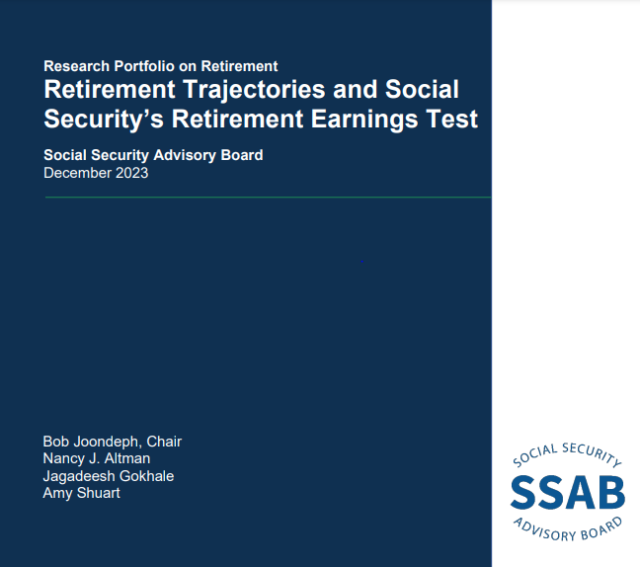Home Equity and Retirement Funding: Challenges and Opportunities
By Vishaal Baulkaran & Pawan Jain We investigate the use of home equity to address the retirement saving crisis and funding shortfall. Using survey data from consumers and financial planners, we examine Canadian consumers’ views on equity release and gauge financial planners’ knowledge, attitudes, and perspectives toward recommending equity release products to their clients. Our findings indicate that a primary barrier for consumers is their lack of understanding about home equity release schemes. However, when these schemes are more cost-effective...










